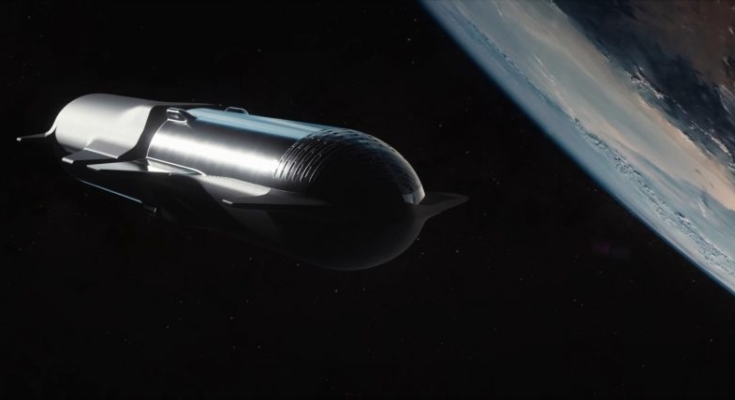After a much-anticipated GAO denial of Blue Origin and Dynetics protests over NASA’s decision to solely award SpaceX a contract to turn Starship into a crewed Moon lander, an in-depth (but heavily redacted) document explaining that decision was released on August 10th.
Aside from ruthlessly tearing both companies’ protests limb from limb, the US Government Accountability Office’s decision also offered a surprising amount of insight into SpaceX’s HLS Starship proposal. One of those details in particular seemed to strike an irrational nerve in the online spaceflight community. Specifically, in its decision, GAO happened to reveal that SpaceX had proposed a mission profile that would require as many as 16 launches to fully fuel a Starship Lander and stage the spacecraft in an unusual lunar orbit.
After around 24 hours of chaos, confusion, and misplaced panic, SpaceX CEO Elon Musk finally weighed in on the GAO document’s moderately surprising indication that each Starship Moon landing would require sixteen SpaceX launches.
Confirming many expectations, SpaceX’s solution to sending an entire single-stage Starship to the Moon, landing it on the lunar surface, and returning it to a lunar orbit (and maybe even Earth) goes as follows.
First, SpaceX will launch a custom variant of Starship that was redacted in the GAO decision document but confirmed by NASA to be a propellant storage (or depot) ship last year. Second, after the depot Starship is in a stable orbit, SpaceX’s NASA HLS proposal reportedly states that the company would begin a series of 14 tanker launches spread over almost six months – each of which would dock with the depot and gradually fill its tanks.
Third, once the depot ship is topped off, the actual Starship Moon lander would launch, dock with the depot, and be fully fueled. Finally, the fueled lander would fire up its Raptor engines and head to the Moon, where it would enter a near-rectilinear halo orbit (NRHO) – a weird high-altitude, elliptical orbit only necessary because NASA’s Orion spacecraft and SLS rocket are too underpowered to reach a more normal, functional orbit around the Moon.
After reaching NRHO, Starship would dock with Orion (or vice versa), receive its Artemis astronauts, land on the Moon for several days, and launch back to NRHO to return those astronauts to Orion. After its main mission is complete, it remains to be seen if Starship will have enough propellant left over to return to some kind of Earth orbit, where it could potentially be refueled and reused on future missions to the lunar surface.
In response to GAO revealing that SpaceX proposed as many as 16 launches – including 14 refuelings – spaced ~12 days apart for every Starship Moon lander mission, Musk says that a need for “16 flights is extremely unlikely.” Instead, assuming each Starship tanker is able to deliver a full 150 tons of payload (propellant) into orbit after a few years of design maturation, Musk believes that it’s unlikely to take more than eight tanker launches to refuel the depot ship – or a total of ten launches including the depot and lander.
But, as Musk notes, so long as Starship gets anywhere close to its design objectives, it would be a non-issue even if each Starship Moon lander mission somehow required 16 launches. A step further, assuming that SpaceX proposed 16 launches per mission out of an abundance of conservatism, it’s fair to assume that a 12-day gap between tanker launches is also an extremely conservative worst-case scenario. Per Musk and SpaceX, Starship’s design goals call for as multiple reuses of ships and boosters per day. Even if SpaceX falls a full magnitude short of those ambitious goals, Starship tankers should feasibly be able to launch every few days or maybe every week.
But thanks to SpaceX’s relatively conservative proposal, the company now knows that NASA is more than happy with Starship even if it falls something like 50% short of its payload performance goals and two magnitudes short of its reusability goals.


<!–
–>



